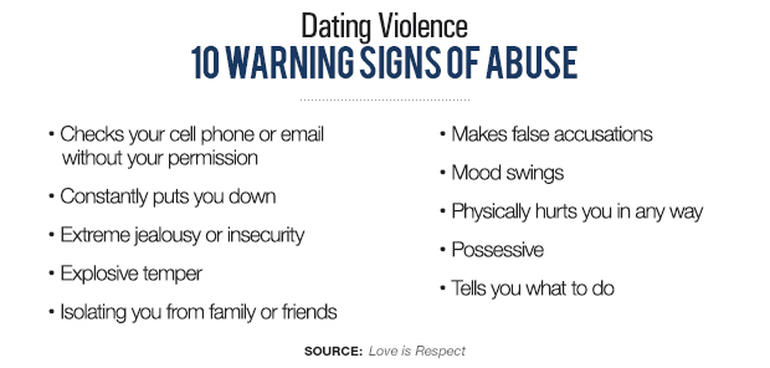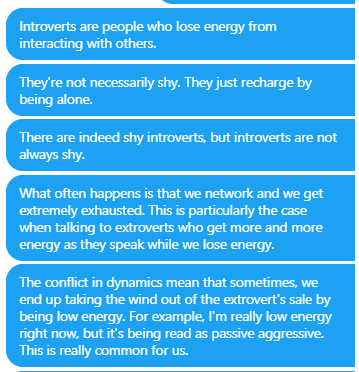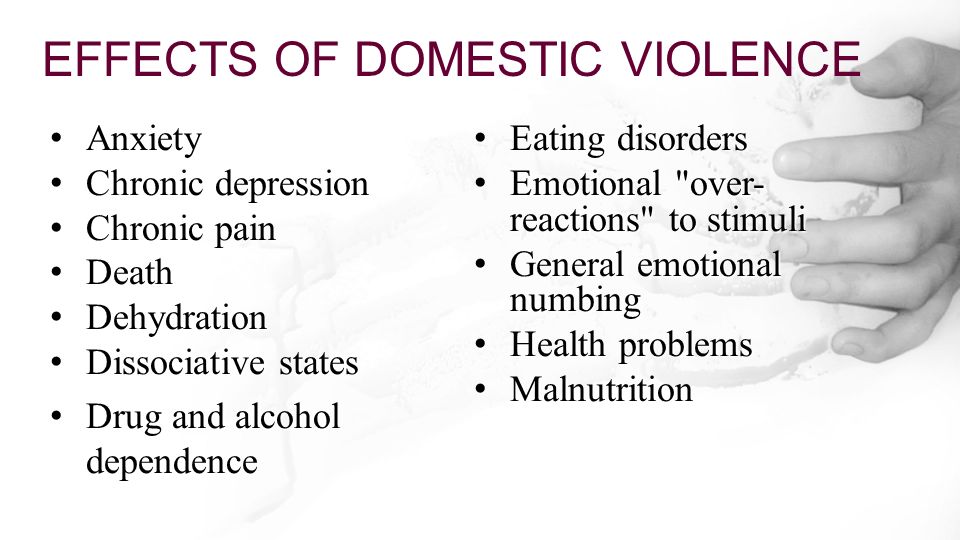How to retrain your brain
How to Retrain Your Brain for Success
The way you communicate with yourself has a major impact on how you feel about yourself and others. Positive self-talk has the power to propel you to great heights. Negative self-talk can bring you down to the depths, where you feel like giving up. If you find yourself regularly engaging in negative self-talk—beating yourself up about a bad grade or telling yourself you won’t succeed—it’s time to change the way your brain thinks.
Turns out, it is possible to teach an old brain new tricks! There are ways we can reset our thinking to include more positive thoughts. To see how that works, we must first understand some of the most common negative thinking patterns.
10 Common Thinking Patterns
There are several types of thinking patterns, also known as “cognitive distortions,” that we engage in. These thinking patterns have a tendency to influence our brains to tell ourselves that something is true when it is not—reinforcing our negative thoughts.
Once we understand and identify which distortions show up in our negative thinking, we can counter them with more positive thoughts. Below is a list of 10 common cognitive distortions.
- Filtering: Mental filtering is when we filter out the positives of a situation and only focus on the negative. E.g., That student left during my presentation, therefore my presentation was bad.
- Polarized thinking: Also known as “black-and-white” thinking, polarized thinking is when we believe there is no middle ground—either something is perfect or a failure. E.g., I missed that one question, so I did badly on the test.
- Overgeneralization: Overgeneralization is when we conclude that because of one bad experience, all experiences related to that will be bad. E.g., I failed that test. This is gonna be a horrible term.
- Catastrophizing: Also known as “magnifying,” catastrophizing is when we exaggerate the negative details of an event, making them a much bigger deal than they are.
 E.g., I failed that test—what if I flunk out of school?
E.g., I failed that test—what if I flunk out of school? - Jumping to conclusions: We jump to conclusions when we make a hasty judgment or believe something to be true without bothering to consider all the facts. E.g., She gave me that funny look. I think she hates me.
- Personalization: This is a cognitive distortion where we take everything personally and compare ourselves to others. E.g., He made that comment in class just to get at me.
- Control fallacies: There are two types of control fallacies. If we believe we are externally controlled, we perpetually see ourselves as the victim of external forces. If we believe we have internal control, we imagine that other people feel a certain way (pain, happiness, sadness, etc.) because of something we did. E.g., Are you mad because of something I said?
- Blaming: Blaming is when we either blame others for our emotional pain or blame ourselves for every problem.
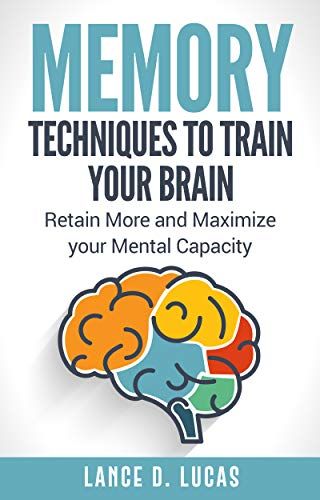 E.g., You’re the reason I had a bad day!
E.g., You’re the reason I had a bad day! - Always being right: Similar to how it sounds, when we engage in this distortion, we believe we’re always right and will argue with people who think otherwise. E.g., I’m going to win this argument because I’m always right.
- Emotional reasoning: Emotional reasoning is when we believe that everything we feel must be true. E.g., I feel guilty, therefore I must be a bad person.
8 Steps to Retrain Your Brain to Curb Negative Thoughts
Think of the steps below as tools in a toolbox. Use these tools when you feel yourself start to engage in one of the cognitive distortions above.
1. Be Aware of Your Thoughts
The first—and arguably the most important—step is to identify and accept your thoughts. Once we are mindful of our thoughts, we can understand which negative thinking patterns we engage with most and detach from believing they are true.
Below are some ways you can become more aware of your thoughts:
- Mindful meditation: Incorporate meditation into your morning or evening routine.
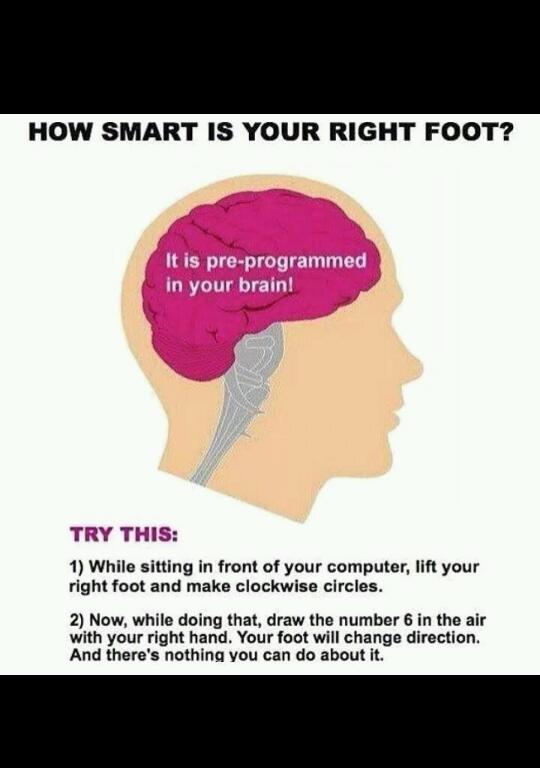 Begin by focusing on your breath, then notice any thoughts that come and go. Don’t fight your thoughts. Instead, acknowledge them and let them go.
Begin by focusing on your breath, then notice any thoughts that come and go. Don’t fight your thoughts. Instead, acknowledge them and let them go. - Prompted awareness: As distinct from a planned time such as meditation, prompted awareness is when you become aware of your thoughts in the moment. Make a note, set an alarm, or try to remember to periodically stop during the day and take a moment to observe your thoughts. What are you thinking? Are you experiencing negative thoughts or anxieties?
According to the American Psychological Association, mindfulness has several benefits, including stress reduction, less emotional reactivity, and more cognitive flexibility.
2. Turn Negatives into Positives
Everyone has negative thoughts. Whether they disturb us is a matter of whether we believe these thoughts to be true. Once we begin thinking negatively about something, we may begin to accept this thought pattern and allow it to control our mind and mood. However, once we recognize these thoughts, we can start to counter them with positive ones. Research shows that positive thinking improves our psychological well-being and can lower rates of depression and distress levels.
However, once we recognize these thoughts, we can start to counter them with positive ones. Research shows that positive thinking improves our psychological well-being and can lower rates of depression and distress levels.
Next time you find yourself saying “this will never work” or “everything is ruined,” try to oppose that thought with a positive one. For example:
- Challenge your inner critic: The next time you become aware of a negative thought, ask yourself, Is this really true? Is this thought useful in any way? Asking these questions will challenge your negative thoughts and change your focus.
- “Name It to Tame It” technique: Created by author and psychiatrist Dr. Daniel Siegel, this method encourages you to label a negative thought pattern when it occurs. For example, if you call your negative thought a “story” rather than a reality, you are less likely to believe it. If you recognize a cognitive distortion as “catastrophizing,” you are more able to drop it.

3. Understand What Triggers You
In each of our lives, there are certain people, places, and things in life that can set into motion a seemingly constant rush of negative thoughts. It could be final exams that induce test anxiety or a certain teacher whom you don’t see eye-to-eye with. Identifying what triggers you will equip you with the tools you need to control and properly manage these emotions.
Below are some ways to spot your emotional triggers:
- Adapt the situation: Understand the setting that your emotional trigger occurs in and try to change it in your favor. This can mean anything from listening to calming music to removing yourself from the situation completely. Whatever you need to do to make yourself feel more comfortable, do it.
- Adapt your thinking: In order to mitigate your emotional response, try to adapt your thinking before you begin to react. If you feel your emotions start to rise, take deep breaths and try to push your thoughts into a different direction.

4. Create a Personal Mantra
When we begin to think negatively, we will call ourselves names or talk ourselves out of doing things because we fear failure. Creating and reciting a personal mantra is a positive way to change the path of your thoughts. Mantras are positive affirmations that you can repeat whenever you feel negativity creeping into your mind. You can use them to motivate and inspire you to be the best you can be.
Below are some examples of mantras:
- “Make it happen.”
- “I am enough.”
- “I got this.”
- “I choose to be happy.”
5. Practice Daily Gratitude
We have so much to be thankful for in life—and we all lose sight of that sometimes. Research shows that developing a daily gratitude practice will cause you to have higher levels of optimism, happiness, joy, and pleasure. Spend a few minutes each day taking note of all the positives in your life—from your family members and pets to your good health and meaningful studies or work.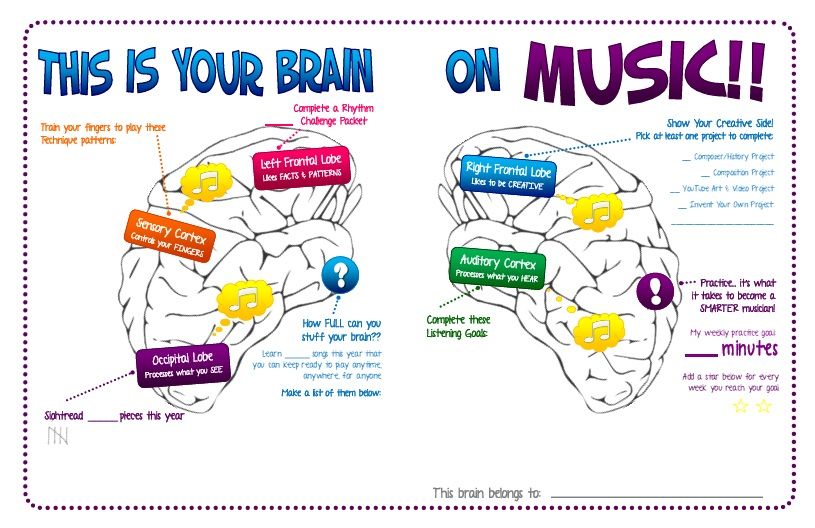
Here are some simple ways you can practice gratitude:
- Keep a gratitude journal: Incorporate journaling into your everyday routine and write down what you are grateful for each day. Consider asking yourself self-discovery questions to help spark inspiration; add your insights from these.
- Express thanks: Instead of keeping your appreciation to yourself, share it with others. Write a thank-you note to someone who has impacted you greatly or share around the dinner table what you were most grateful for that day.
6. Pay It Back
Research shows that acts of kindness can increase happiness levels. Pausing your hectic life to put a smile on someone’s face has the power to make you forget about the negative thoughts that may be clouding your mind. When practicing daily gratitude, ask yourself—have I given back today?
It can be as small as smiling at someone you pass on the street or as significant as volunteering at a homeless shelter once a week.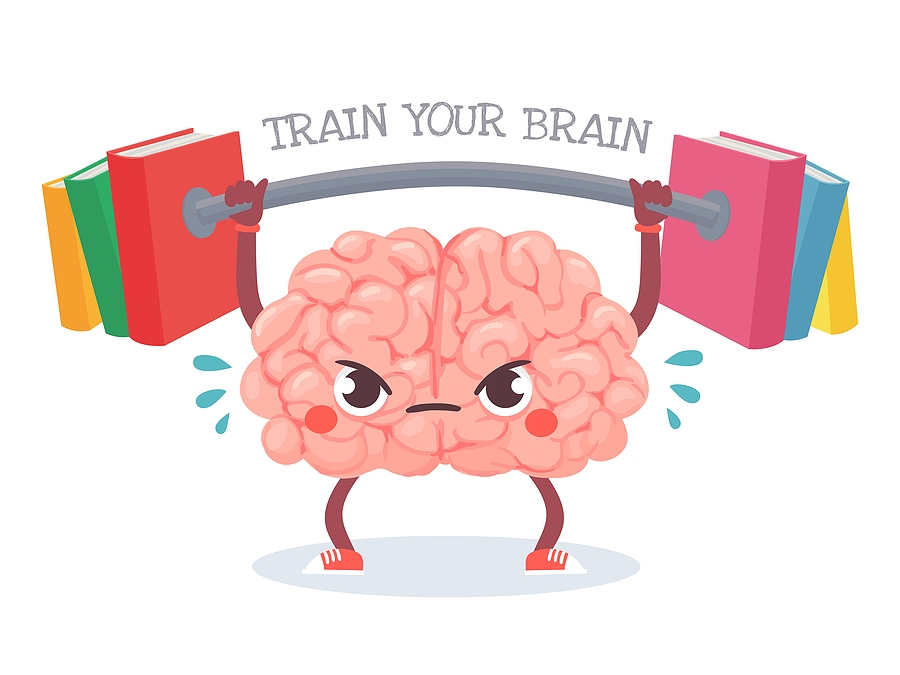 Here are some other ways that you can pay it forward:
Here are some other ways that you can pay it forward:
- Pay for a stranger’s coffee.
- Participate in a beach cleanup.
- Call your parents or loved ones after work.
- Bake cookies for your classmates.
- Donate old clothes.
- Support a local artist.
7. Switch Up Your Environment
Our thought patterns have a lot to do with the world around us. If you find that a certain setting makes you feel stressed or depressed, consider switching up your environment. Whether this means changing jobs or going for a walk during lunch, it’s important to give your mind the freedom and confidence to leave a situation if needed.
Here are some ways you can switch up your environment:
- Spend time in nature: Next time you’re feeling stressed, head to the great outdoors. According to the American Heart Association, spending time in nature can help relieve anxiety and stress.
- Spend time with positive people: If you find that people around you are weighing you down, consider taking a step back and turning to more positive companions.
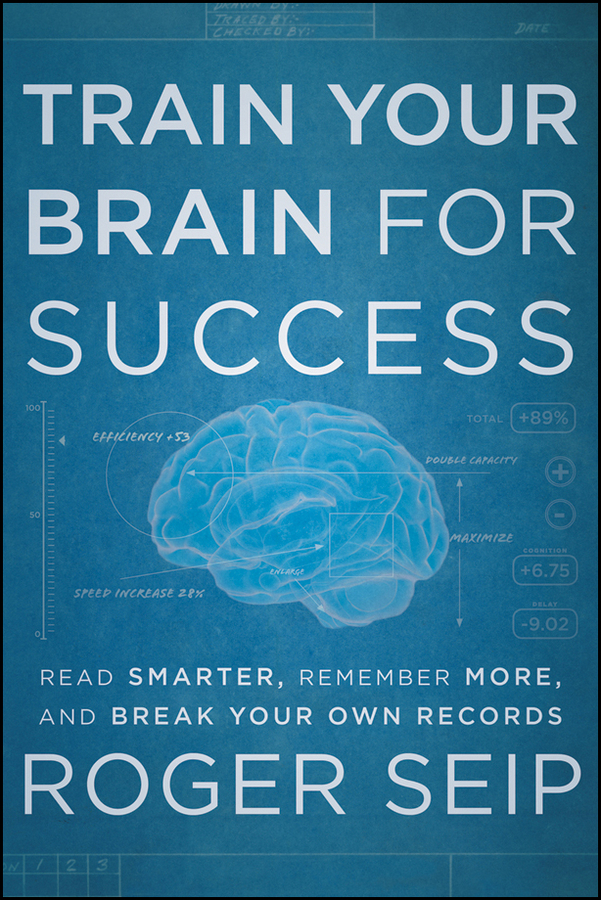 Having a network of supportive friends can improve your ability to bypass negative thinking patterns.
Having a network of supportive friends can improve your ability to bypass negative thinking patterns.
8. Develop a Morning Routine
Your thoughts begin the moment you wake up, so it’s important to develop a morning routine that allows you to take control of those thought patterns. According to the National Alliance on Mental Illness, “Having a morning routine can increase your energy, productivity, and positivity.” Developing a consistent morning routine will set your day on a positive path.
Below are some ideas to include into your morning routine:
- Let natural light in.
- Get some exercise.
- Hydrate.
- Avoid technology.
- Meditate.
Negative thinking patterns that become habitual can feel difficult to break. But if you practice these tips, you can live a more mindful life. For a summary of how to retrain your brain, check out the infographic below.
Sources:
Casabianca, Sandra Silva. “Stuck in the Negatives? 15 Cognitive Distortions To Blame.” May 6, 2021. https://psychcentral.com/lib/cognitive-distortions-negative-thinking. Accessed: January 26, 2022
“Stuck in the Negatives? 15 Cognitive Distortions To Blame.” May 6, 2021. https://psychcentral.com/lib/cognitive-distortions-negative-thinking. Accessed: January 26, 2022
9 neuroplasticity exercises to retrain your brain
Yes, you really can “rewire” your brain for optimal performance at work and home.
By the time you finish this article, your brain will be different.
The reason for this cerebral shift is neuroplasticity – or the brain’s ability to change and restructure itself. Every time the brain processes new information, neurons fire, new pathways form, and the malleable brain alters its shape and structure.
In recent years, several researchers have posited that it’s possible to consciously direct neuroplasticity to optimize your brain function, improve your work performance, and even influence your team’s performance.
Once you understand how neuroplasticity works, you’ll discover that the concept is much simpler than it sounds.
What is neuroplasticity?
In a nutshell, neuroplasticity is the brain’s ability to learn and adapt.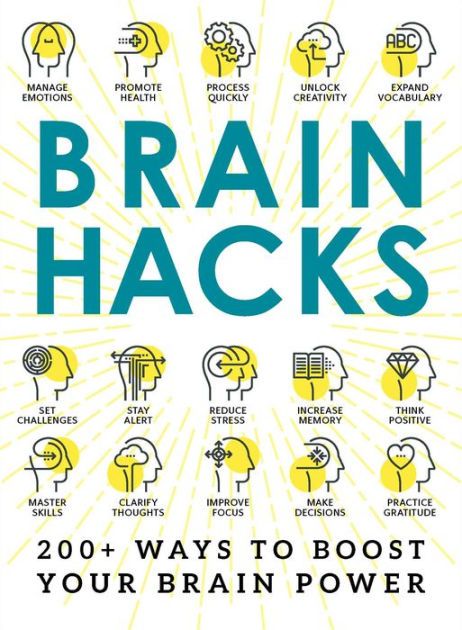 Until relatively recently, experts believed that our brains were fixed by the end of adolescence and that, in terms of neurons, it was all downhill from there.
Until relatively recently, experts believed that our brains were fixed by the end of adolescence and that, in terms of neurons, it was all downhill from there.
But the latest research has proved the opposite: that our brains can actually grow and change throughout adulthood. That is, if we treat our neural pathways right.
“The main point of neuroplasticity is that you can actually form and reorganize connections in your brain,” says Dr. Marsha Chinichian, a Los Angeles-based clinical psychotherapist and the brains behind acclaimed mental fitness app, Mindshine.
“For a long time we thought that humans were born with a ton of neurons, synapses, and connections, and as we got older, they simply died off. But now we’ve learned that isn’t true. We can actually make changes to further develop our brains. We’ve learned we can actually rewire our brains.”
Dr. Chinichian’s enthusiasm is echoed by other leading cognitive experts around the world, including Natalia Ramsden, a business psychologist and founder of SOFOS Associates in London, the UK’s first and only brain optimization clinic.
“There’s something hugely empowering about the idea that we, as individuals, can actually change the structure of our brains for the better,” says Ramsden. “There’s so much we can do to develop their function, which in turn can dramatically increase our productivity in the workplace.”
Make better decisions and prevent cognitive fatigue
Ok, that’s the concept of neuroplasticity. But how do we put it into action in our day-to-day working lives?
Imagine your brain as a colossal power grid. Billions of pathways light up every time you think, feel, or do something. Putting neuroplasticity into action means carving new pathways, while strengthening the best of the existing ones – and not reinforcing the pathways you’d rather avoid. This is captured in an aphorism: “Neurons that fire together, wire together; neurons that fire out of synch, fail to link.”
Neuroscientist Dr. Tara Swart, a senior lecturer at MIT and author of bestselling brain bible The Source, recently compared this process to road building.
“Think of it as going from a dirt road to a motorway,” Dr. Swart told European CEO. “I could say, ‘I’m going to work on that pathway, which is currently a dirt road. The more I use it, and the more I repeat activities, I can build it up to a motorway.’”
That newly-built motorway will not only able to help you process information faster, it will also be better equipped to stave off mental fatigue. That means less stress and fewer mistakes.
“It can help to think of your brain in terms of a muscle,” says Dr. Lynda Shaw, a chartered psychologist and cognitive neuroscientist who is a Fellow of The Royal Society of Medicine and an Associate Fellow of the British Psychological Society. “If you do enough bicep curls you’ll increase the size of your biceps. It’s the same process with your brain. If you exercise your brain correctly and often, neuroplasticity means it will become more powerful.”
From a remote working perspective – especially with companies like Atlassian deciding to make the arrangement permanent – experts say that neuroplasticity is an even more valuable tool, as daily office stimuli dramatically decrease, and new routines and rituals come to the fore.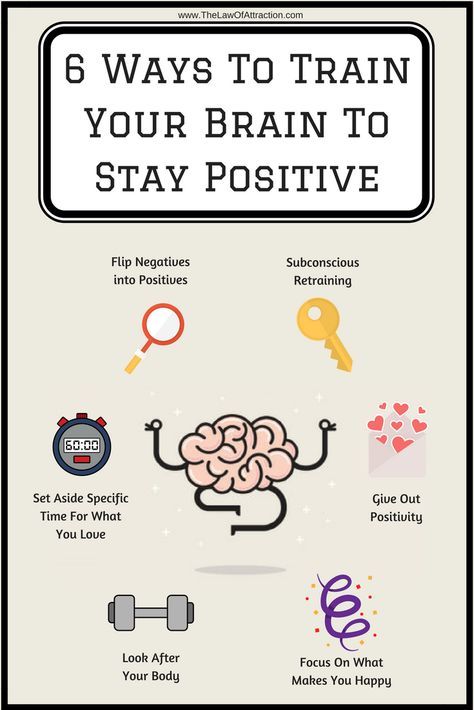
“We need, as bosses, to encourage our people to embrace change and adapt by being innovative and creative,” says Dr. Shaw. “Neuroplasticity is a great way of doing that, and of teams staying ahead of that curve.”
Below, our experts suggest their top tips for harnessing the power of neuroplasticity for yourself.
Here are 9 techniques to “rewire” your cognitive pathways:
1. Feed your brain
Your brain makes up only a tiny proportion of your total body weight, but it uses up a quarter of everything you eat. If you want enhanced neural pathways, you’ll need an enhanced diet.
According to Ramsden, that means grabbing snacks like walnuts, blueberries, and avocado during the day. Vitamin D and magnesium are top priorities if you want to promote neuroplasticity.
2. Take naps
Obviously a good night’s sleep of between seven and nine hours will always set you up for a better brain day. But a short afternoon nap of around 20 minutes will elevate your neuroplasticity potential even further.
But a short afternoon nap of around 20 minutes will elevate your neuroplasticity potential even further.
A short nap encourages the growth of dendritic spines, which act as crucial connectors between the neurons in your brain.
3. Don’t let the work day linger
Like muscle-building, neuroplasticity needs downtime in order to do its work properly. According to Dr. Chinichian, managers should embed and enforce a “close the day” ritual that prioritizes reflection and gratitude for small wins.
An end-of-day Slack message saying “Thanks for the great ideas in the brainstorming session today, everyone. See you tomorrow,” can help the team feel valued.
Putting a hard stop to the stresses of the day in a way that also boosts endorphins creates perfect conditions for neuroplasticity. Bonus: it also sends the signal that it’s OK to “leave” work and unplug for the evening.
4. Expand your vocabulary
Try to learn one new word every day.
According to experts, this simple act will spark a multitude of new neural pathways, both visual and auditory. (Give it a few months and it’ll make you unstoppable at Scrabble too).
5. Use the “wrong” hand
Non-dominant hand exercises are excellent for forming new neural pathways, as well as strengthening the connectivity between existing neurons.
For instance, if you’re right-handed, try brushing your teeth with your left hand – and then try it while balancing on one leg for a double neuroplasticity bonus.
6. Learn to juggle
Juggling is frequently cited as an excellent means for improving neuroplasticity.
Keep a small set of balls in your work drawer for a brain boost whenever you have a few spare seconds between tasks. The better you get, the bigger the benefits.
7. Play chess
Indulge your inner Beth Harmon by embracing chess – a game that has endless potential for neuroplasticity.
Chess players have significantly more grey matter in their anterior cingulate cortex than those unfamiliar with en passant and castling.
And you don’t even need another player or a board in order to reap the mental benefits. Simply log onto chess.com for a quick blast whenever you have a few minutes. (You don’t need to finish a game to get the neurological boost.)
8. Do mnemonic drills
Teaching yourselfmnemonic devices, like formulas or rhymes, can enhance connectivity in your prefrontal parietal network, paving the way to new, positive pathways in your brain. Get started here.
9. Be mindful, as a team
Chinichian says that one of the best things you can do to promote neuroplasticity in a work force is to incorporate regular group meditation. There are multiple online options available to get you started, like this and this.
Not only does it help with the positive brain rewiring process (while expanding several useful parts of the brain), it also results in team members reacting to problems with an increased sense of calm, passion, and awareness. Neuroplasticity at its finest.
Neuroplasticity at its finest.
This article first appeared on Atlassian.
Trick your brain: how to overcome laziness and start working
Recent advances in neuropsychology will help everyone who is used to being lazy, but is looking for new ways of motivation
Early yesterday, no time today, late tomorrow. We are always waiting for the right moment to make a dream come true. Either there is no time and knowledge, then the circumstances are not the same. Famous people had similar problems. Everyone got out as best they could. So, resentment and hatred for the Metallica group moved forward Dave Mustaine, the founder of the American metal band Megadeth, the French writer Victor Hugo cut his hair in an unsightly way to eliminate the desire to go out and finish the novel on time, and the composer Ludwig van Beethoven stimulated activity by pouring ice water. Nowadays, it is not necessary to resort to such radical methods.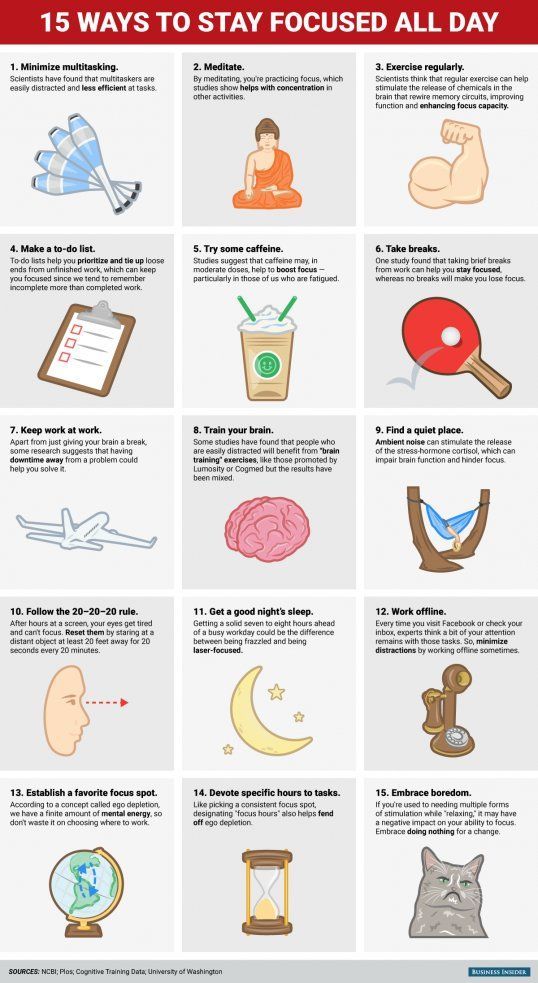 It is enough to analyze the latest achievements in the field of neuropsychology, adjust your behavior a little and enjoy the result.
It is enough to analyze the latest achievements in the field of neuropsychology, adjust your behavior a little and enjoy the result.
As we already know from the previous article, we have two opposing parts. The representative of the ancient brain, let's call him Zhrulkin (he wants everything now), and the young brain - Rationalov (thinks about the future). Due to the fact that Rationalov consumes more energy and is less responsible for survival and procreation, Zhrulkin more often dominates us. The usefulness of Zhrulkin has been proven by millions of years of incredible human vitality. He makes sure that we work less, eat more, and motivate us to have sex. There are exceptions, and a person from childhood can control Zhrulkin, but not everyone is so lucky. Therefore, most need various tricks in order to push it into the background. Consider the most effective ways.
Use your brain's weakness for unfinished business
Once you start, you won't be stopped.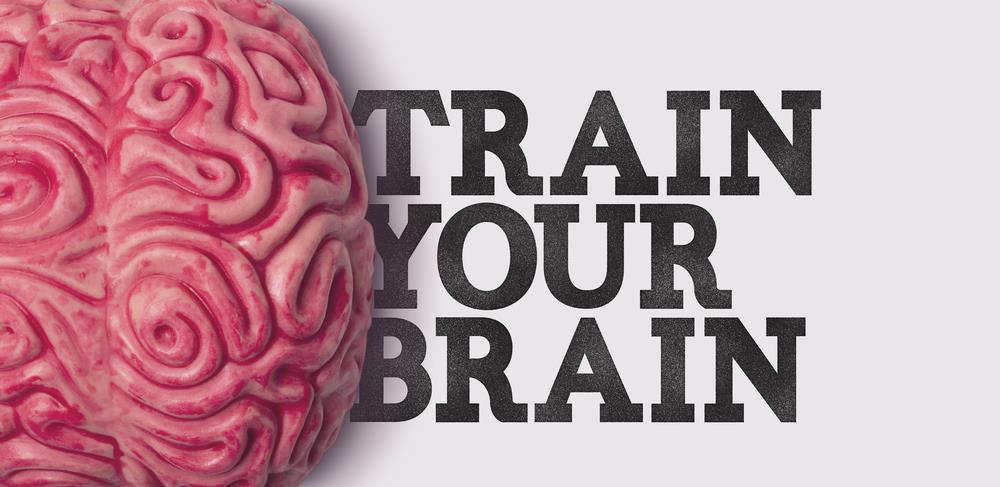 The brain gets to work. After all, unfinished business terribly annoys him. This was confirmed in his research by psychologist Kenneth McGraw. The subjects were given a puzzle and, when everything was almost ready, they were asked to finish. There was no rational point in continuing to complete the puzzle, but 90% of the participants remained to complete the work.
The brain gets to work. After all, unfinished business terribly annoys him. This was confirmed in his research by psychologist Kenneth McGraw. The subjects were given a puzzle and, when everything was almost ready, they were asked to finish. There was no rational point in continuing to complete the puzzle, but 90% of the participants remained to complete the work.
A similar effect occurs when reading an uninteresting book or watching a movie. There is no point in continuing, but unconsciously I want to finish reading or watching it. To use the method for your own selfish purposes, it is enough to get off the ground, for example, by working in a group of like-minded people.
Further, the effect of the unfinished action will keep pushing you to work.
Change your mental attitude
A patient of the American psychiatrist Milton Erickson could not keep her weight at 60 kg. As soon as the cherished figure was reached, the girl returned to her usual 80 kg. Erickson warned that the treatment would be painful, and the patient agreed. He forced her to increase her total from 80 to 90 kg. The girl threw tantrums, sobbed, but gradually recovered to 90 kg.
As soon as the cherished figure was reached, the girl returned to her usual 80 kg. Erickson warned that the treatment would be painful, and the patient agreed. He forced her to increase her total from 80 to 90 kg. The girl threw tantrums, sobbed, but gradually recovered to 90 kg.
And then, with incredible relief, she began to reduce it and quickly reached 60 kg. The secret of success is to change the mental attitude from "lose weight - gain weight" to "gain - lose weight." The fear of overcoming this horror again allowed me to consolidate my success and not gain more weight. Many more are familiar with the problem of skipping workouts: today I will cancel the lesson, but next time I will go 100%. And the next day, do not go, giving yourself a new promise. The way out will be to change the attitude “I won’t go today - I’ll go tomorrow”, to “I won’t go today - I won’t go tomorrow”. Promise yourself that if you skip class today, you will forget about sports for two weeks.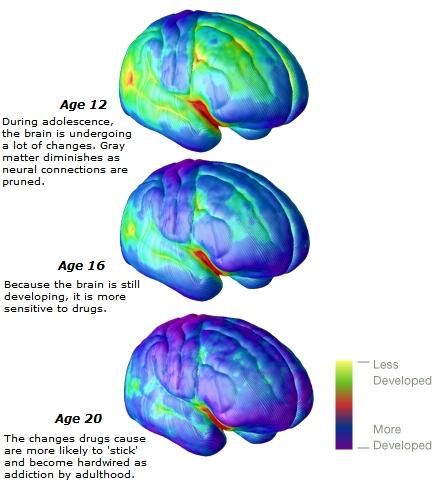 And it is more difficult to do it than to postpone it for tomorrow. So you get rid of the standard excuse and stop feeding yourself breakfast.
And it is more difficult to do it than to postpone it for tomorrow. So you get rid of the standard excuse and stop feeding yourself breakfast.
Make the first step as easy as possible
Getting started is often difficult because of how long it can take. The brain draws scary pictures of a temporary apocalypse. Trembling with horror, we try to move this terrible moment as far as possible. An effective anti-apocalyptic solution would be to split the task into a number of small, not scary, and sometimes tasty ones. You don't have to do a thesis.
Plan to make a title page, table of contents, or introduction. It is best that the first step takes no more than 20 seconds. Thanks to the butterfly effect, small actions can lead to incredible results.
Build neural connections
The brain doesn't like doing new things.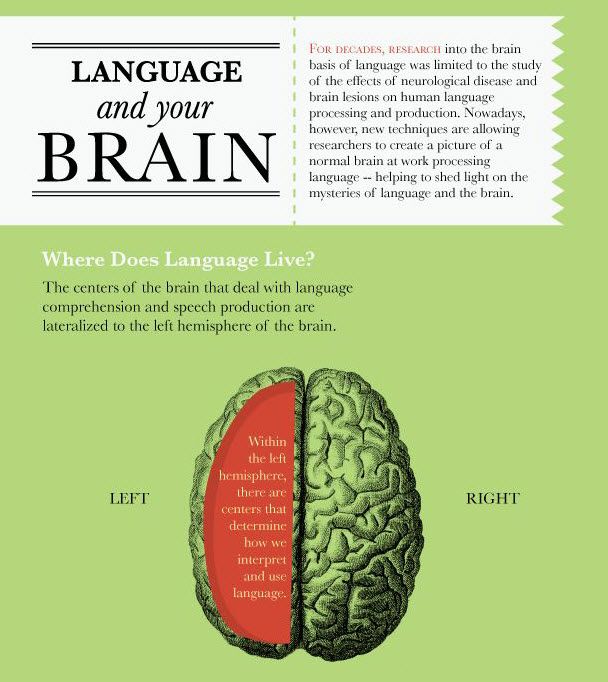 From his point of view, it can be unsafe and very energy-consuming. The new activity differs from the usual one in a smaller number of neural connections in the brain. And to develop new connections, you need to constantly practice.
From his point of view, it can be unsafe and very energy-consuming. The new activity differs from the usual one in a smaller number of neural connections in the brain. And to develop new connections, you need to constantly practice.
The practice of visualization does a great job with this task: the brain does not care if you are actually doing the work or just imagining how you are working on a new thing.
In both cases, new neuropaths will be built. The effectiveness of visualization was able to prove the Australian psychologist Alan Richardson, conducting research on basketball players.
It was only by visualizing their shooting practice that the players were able to improve their results. The progress of the players who trained in the gym during the same time was not much better. If you do not have enough willpower to start the daily necessary actions, mentally imagine that you are doing this business, and most importantly, with pleasure. Only the necessary neural connections will be developed in at least 45 days, but with each repetition it will be easier and easier for you to act.
Only the necessary neural connections will be developed in at least 45 days, but with each repetition it will be easier and easier for you to act.
Train your willpower
Success in life depends on willpower. The research of professor of psychobiology Casey from Cornwell University clearly proves this. Casey offered marshmallows to the children, but with the condition that if you wait 15 minutes, you can get another sweet. Some of the children could not resist the temptation and ate marshmallows right away. After 40 years, the professor decided to find out the fate of the children and saw that those who passed the test and did not eat marshmallows turned out to be more efficient, moderate in nutrition and less susceptible to bad habits. But there is good news for the weak-willed: willpower can be trained.
You can follow the path of the physicist Nikola Tesla, who deliberately refused desserts in favor of others, thus developing willpower.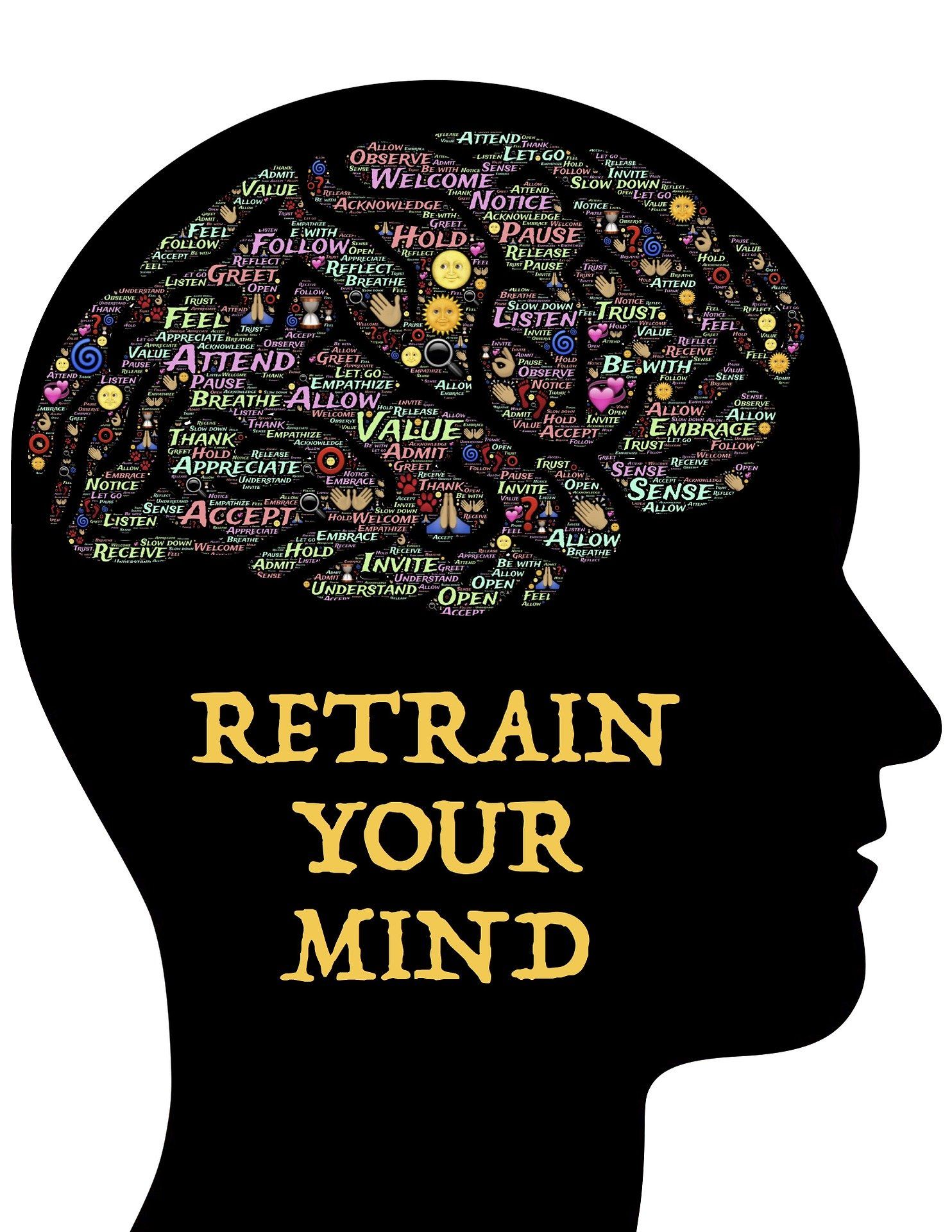 Or start meditating. After all, meditation suppresses the ancient impulsive brain, reducing stress, anxiety and fear. Meditation activates the frontal lobes responsible for willpower, improving attention, memory, concentration and creativity. Five to ten minutes of meditation a day is enough to develop self-control.
Or start meditating. After all, meditation suppresses the ancient impulsive brain, reducing stress, anxiety and fear. Meditation activates the frontal lobes responsible for willpower, improving attention, memory, concentration and creativity. Five to ten minutes of meditation a day is enough to develop self-control.
Fill up with hormone fuel
Hormones regulate metabolism and cellular activity, have a significant impact on performance. A cocktail of melatonin, dopamine, endorphin, serotonin and oxytocin will add strength and motivation to achieve outstanding results.
Melatonin strengthens the immune system, slows down the aging process, and is produced only at night, so good sleep is so important.
Dopamine is a hormone of pleasure, it affects motivation. It is helped to produce pleasant memories, delicious food, and alcohol, but with devastating consequences.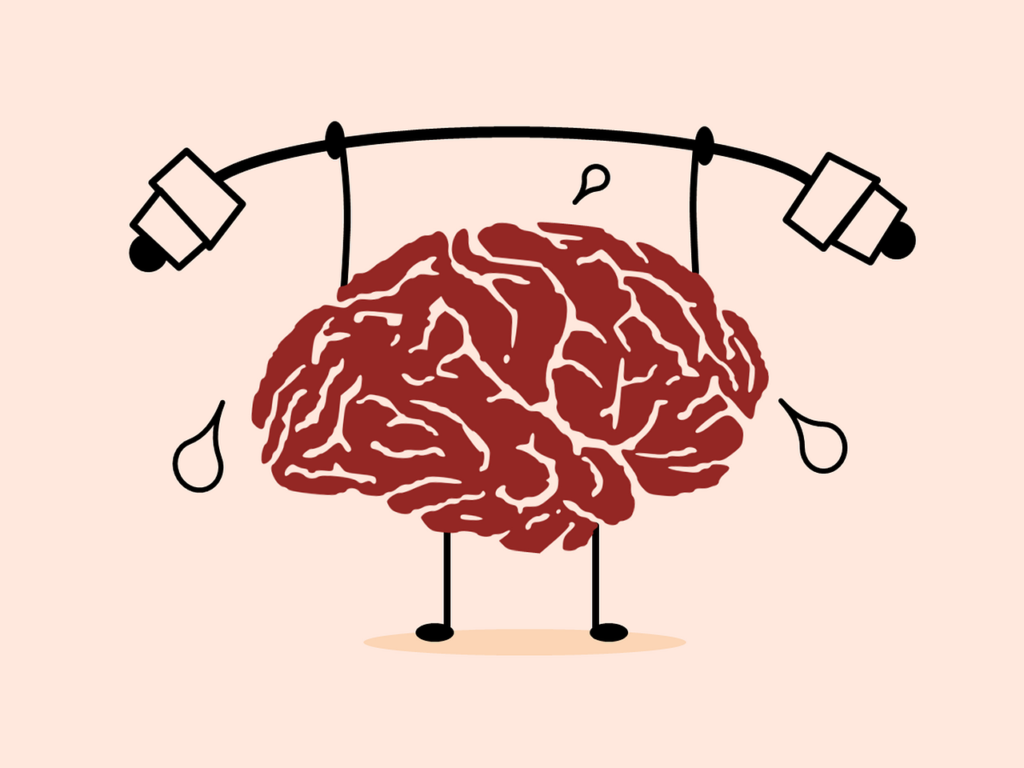
Endorphin is a hormone of joy. Synthesis occurs under the influence of physical activity.
Serotonin is a hormone of good mood, produced under the influence of pleasant memories and sunlight.
Oxytocin reduces anxiety, and its synthesis is promoted by sex, massage and communication with friends.
The main thing to remember is that the performance depends on the quality of the fuel. Therefore, supply the body with first-class fuel.
These recommendations will be enough to move in the direction of your dreams. After all, a modern person has at least a few opportunities a day to change his life, and the surrounding conditions are conducive to this. The main thing is to suppress the desire to radically change in one day, and introduce new practices gradually, without stress for the body.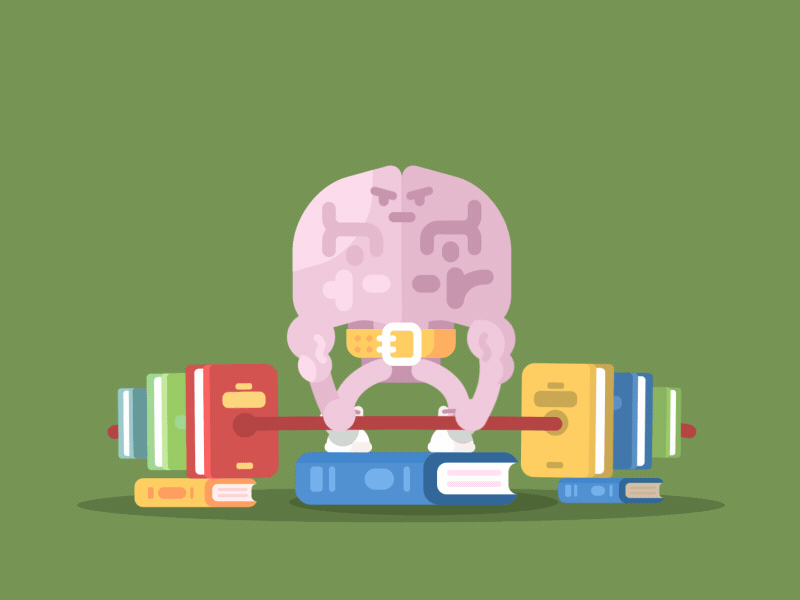 And according to the law of dialectics, quantity always turns into quality.
And according to the law of dialectics, quantity always turns into quality.
Therefore, 30 minutes of daily willpower will be enough to reach new heights in the field of health, relationships, finances, creativity and other areas of life. The point is small - to tear yourself off the couch and act.
- The secret life of the brain: the reasons why we are lazy
- Ladder of success. Why money doesn't make us happy
- A constructor for ourselves: how human emotions arise and what they depend on
how to rebuild the brain in two months — Personal experience on vc.ru
The brain is used to following the simplest path and keeping old habits. But there are ways to outwit him.
187 529 views
Translation of the material of the founder of Brain by Design James Garrett was prepared by the publication "Ideonomics".
If you had seen me a few weeks ago on a typical Thursday morning, you would have wondered if I was all right. I started smiling all of a sudden and couldn't stop. The rush of satisfaction was too great. Finally got it. My years of trying have paid off.
I started smiling all of a sudden and couldn't stop. The rush of satisfaction was too great. Finally got it. My years of trying have paid off.
Why such euphoria? With deep satisfaction, I put an "X" on the calendar, which meant that I had completed day 66 of my new morning routine: reading, exercising, and meditating.
How is the 66th day different from the rest? The researchers found that the average time it takes to form a new habit is 66 days.
I loved connecting my project to Kerouac, so I decided to make it my goal in 66 days to build my own neural Route 66.
It was not an easy journey. It was more like trying to learn to write with your left hand: doable, but painful.
One day I was returning from a performance at an event that was four hours away from my home. After a long grueling day of talking to complete strangers, I crawled into my car and drove home. As I pulled into my driveway at 11:45 p.m., I suddenly remembered that I hadn't done a new routine in my morning rush.
If I stay up to do this, I won't be able to sleep tomorrow because I have to speak at an early morning webinar that I haven't prepared for yet. I sat staring at my steering wheel - all the neighbors around me were fast asleep - and I knew that I had to make a terrible choice. Skip one day (maybe I can do it tomorrow?) or do something irrational - swallow a bitter pill and set aside an hour right now for reading, exercise and meditation.
While research shows that missing a day doesn't necessarily mean failing a habit, it turns out that for me personally, it does. Having got out of the knurled rut, it is difficult for me to return to it.
Knowing this, I reminded myself that in order to really instill a habit in myself, you need to do this procedure every day, without thinking, for the first 66 days. So I went through the whole routine and then dragged myself to bed at 1:15 at night.
I have tried to apply brain science to form habits that bring happiness, focus, and productivity. In this article, I'll share what I've learned and how you can go through the difficult journey of habit change: overcome the inertia of old habits and establish new ones.
In this article, I'll share what I've learned and how you can go through the difficult journey of habit change: overcome the inertia of old habits and establish new ones.
The Neuroplasticity Revolution
One of the most revolutionary discoveries made in the last few decades is how plastic our brains are. Before this paradigm shift, scientists thought that the brain didn't change after about 25 years. This is not true: our brain is constantly being updated. Tomorrow you will have a different brain than today. And this happens throughout life. In one study involving people aged 57-72, scientists found that their brains create between 500 and 1,000 new neurons in the hippocampus alone every day.
So why is it so difficult for us to change when the brain is so easy to change? Why do we need to repeat something for so long before it becomes a habit?
Smart Brain/Stupid Brain
I hate to give bad news, but your brain is smart and stupid at the same time. The key is to learn how to use a smart brain to outsmart a stupid one.
The key is to learn how to use a smart brain to outsmart a stupid one.
In other words, your brain's main job is to keep you safe. He likes to know what will happen next, he likes to predict the future. Thus, the brain maintains the status quo with all its might, not because it is good for you, but because it is predictable. Change, from the point of view of the brain, can mean danger. (That's the stupid part of him.) No, there's no real danger. But your brain doesn't know that (and frankly, it doesn't care). The neural logic of his operating system tends to keep things the same. Unless you convince him that the changes you are trying to make are really important.
How to do it? This is where “doing without thinking” comes to the fore.
If I ever allow myself to miss classes because I feel exhausted, then naturally I will always think about this loophole - a loophole that often becomes an abyss. On the other hand, if I tell myself there are no exceptions, I will look for opportunities to get things done earlier in the day (my brain hates going to bed at 1:15 even more than I do).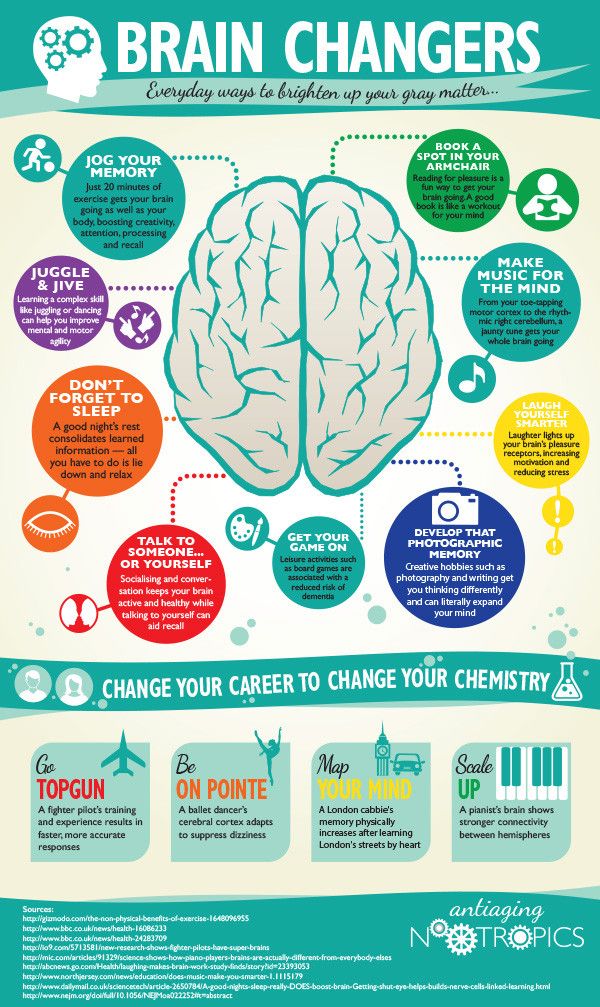 Over time, a daily (and sometimes irrational, like my morning routine at midnight) sequence convinces the brain that it has a new task to do—a new activity to happen every day.
Over time, a daily (and sometimes irrational, like my morning routine at midnight) sequence convinces the brain that it has a new task to do—a new activity to happen every day.
The sequence is the key
I have been trying to train for many years. You know - I'll start, then I'll quit. It's not that I don't have light streaks. Were. Like the 7-minute NYTimes workout right before you shower. Or the time when I went for a walk right after waking up.
But I've always had persistence problems. After a successful two weeks, I am inevitably unsettled. Then I come back, then I fall out again, I come back again ... in a word, you understand. After a few turns, I was out of breath. It wasn't an upward spiral, it was a circle. Each time it became more and more difficult to move on. Why can't I build up enough momentum to sustain meaningful change?
The problem was not motivation. Not in insufficient effort. Not that the goal was too hard (at one point I tried doing a 30-second plank instead of a whole workout). Everything was much easier. I didn't do the right thing consistently for enough days in a row.
Everything was much easier. I didn't do the right thing consistently for enough days in a row.
My new morning routine was part of a larger year-long quest to rewire my brain—and I knew this year would be different and I needed to get serious about how stubborn my brain was.
Why it's hard to form new habits
It turns out that the brain has a lot of energy - it just doesn't like to use it. At the neuronal level, it is literally a form of metabolic energy (or the ability of neurons to fire repeatedly).
As Daniel Coyle states in his brilliant book The Talent Code, the brain does not accumulate its power sparingly. Imagine Uncle Scrooge standing in front of a vault full of energy - with that scowl on his face - and you get the whole picture. Old habits are always a simpler and less energy-intensive program for the brain. Given a choice, the brain will always prefer the easier option.
Notice I said that your brain likes to stick to old habits, not "bad" habits. Your brain doesn't really care about habits. It doesn't matter if the old habit is good or bad, its logic is simpler. The brain only cares about how easy or difficult it is to run a neural program.
Your brain doesn't really care about habits. It doesn't matter if the old habit is good or bad, its logic is simpler. The brain only cares about how easy or difficult it is to run a neural program.
If you run a program for months or years, it's easy - it becomes the default program. If the program has only been running for a few days, it's difficult - so you need to put in more effort to get Scrooge to open the vault.
But once you convince him to open the vault for, say, 66 consecutive days, you have a new default program. What used to be difficult becomes easy. What used to take effort is now easy. Scrooge changed his attitude.
From dirt roads to super highways
Another problem with the brain is that it likes to take the path where people travel the most. Give him a choice and he will always choose the neural highway. Imagine that you are driving through the Nevada desert - nothing but sagebrush for miles around.
Now imagine that you want to get from Las Vegas to Los Angeles. Highway I-15 is, of course, the fastest route, and you will probably choose it. Now imagine that you are buckling up and driving through a sagebrush. What happens to the speed of the car? What is your focus right now? Is it more pleasant or less? The target is still Los Angeles. You are simply taking a less efficient route. Will you get there? Of course. (If your car has four-wheel drive.) Will it take longer and be more painful? Definitely.
Highway I-15 is, of course, the fastest route, and you will probably choose it. Now imagine that you are buckling up and driving through a sagebrush. What happens to the speed of the car? What is your focus right now? Is it more pleasant or less? The target is still Los Angeles. You are simply taking a less efficient route. Will you get there? Of course. (If your car has four-wheel drive.) Will it take longer and be more painful? Definitely.
But if you drive down a less popular road day after day, driving over the same piece of desert over and over again, you will eventually leave wheel tracks. Perhaps your speed will increase not much, but at least ... up to 15 miles per hour.
Now imagine that you are not the only one who drives there. Hundreds - maybe thousands - of cars drive over the same land again and again. The end result is a dirt road. Now you can increase your speed to 30 miles per hour.
The faster the speed, the more cars are likely to want to use this route, and soon tens of thousands of cars are driving on the same dirt road. We have now come to the attention of the Nevada Department of Transportation.
We have now come to the attention of the Nevada Department of Transportation.
Obviously, if there is sufficient demand for an alternative route to Los Angeles (based purely on frequency of use), it seems logical that more resources should be invested in it. Soon the ministry decides to pave the way. Cars can now reach speeds of up to 60 miles per hour on this road. Serious breakthrough.
But what if there are too many cars? What to do if hundreds of thousands of cars drive along this road every day, and traffic jams form there? In this case, even more resources will be invested and the road will become a multi-lane freeway.
What does all this have to do with the process of habit formation? Direct. Your brain is nothing more than a complex interconnected system of neural wheels, dirt roads, a two-lane highway, and a six-lane highway.
Every day your brain tries to decide where to put its resources. It distributes these resources depending on which areas of the brain are more active.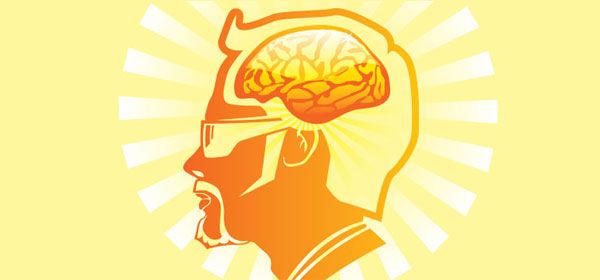 New morning routine? Excellent! Send reinforcements. Habitual road rage? Great! Reinforce anger circuits. Negative internal conversation? Super! New neurons need negative conversations. Meditation? Wonderful! Strengthening the prefrontal cortex. Your brain decides where to invest energy based on usage. Neuroscientists call this phenomenon “activity-dependent neuroplasticity”—areas that are used get enhanced.
New morning routine? Excellent! Send reinforcements. Habitual road rage? Great! Reinforce anger circuits. Negative internal conversation? Super! New neurons need negative conversations. Meditation? Wonderful! Strengthening the prefrontal cortex. Your brain decides where to invest energy based on usage. Neuroscientists call this phenomenon “activity-dependent neuroplasticity”—areas that are used get enhanced.
There are many ways to rewire the brain. The first is called neurogenesis, or the growth of new cells. Remember those 500-1000 new neurons in your hippocampus every morning? They have to go somewhere, and the brain distributes them on demand.
Another way the brain changes is neuroplasticity, a fancy word for the ability of the brain to rewire itself. If you use a certain part of your brain over and over again - just like a muscle - a particular path will form, and other underused paths will weaken.
Neuroplasticity takes many forms, but one of the most interesting is the creation of the myelin sheath (or myelin for short).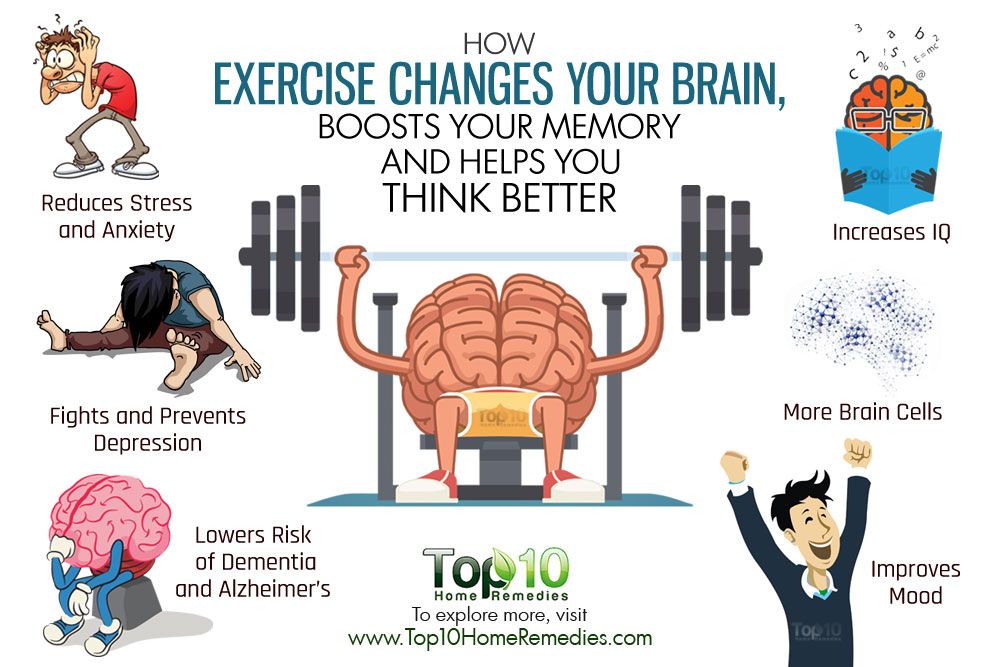 Myelin works as a kind of insulation for neural pathways, helping neural signals travel faster and more efficiently to areas that receive a lot of traffic.
Myelin works as a kind of insulation for neural pathways, helping neural signals travel faster and more efficiently to areas that receive a lot of traffic.
Myelin, made of adipose tissue that wraps around the longest part of the neuron (the axon), is like a pavement that allows for speed. The more layers of myelin, the faster your brain's signals are transmitted. The faster these signals travel, the faster you think and the easier it is to implement the habit.
Nerve conduction velocity can be measured. Although the measured value depends on a number of factors, it is largely influenced by myelin "isolation". A weakly isolated neuron moves at about 2 miles per hour. A completely isolated neuron is about 200 miles per hour. And if that's not enough, myelin can also reduce the amount of time between neural firings by up to 30 times. This is great potential. How to get access to it? Challenge your brain by taking the unpopular neural path. Again. And again. And again.
In those moments in the past when I was unsettled, my brain just wanted to get back on the comfortable neural road where there was no exercise. Since training was not my default program, every time I started driving on the “neural dirt road”, my brain protested. But with a bit of stubbornness, day after day, I returned to the dirt road - and, as the poet Robert Frost would no doubt add, this changed everything. How do I know this?
Since training was not my default program, every time I started driving on the “neural dirt road”, my brain protested. But with a bit of stubbornness, day after day, I returned to the dirt road - and, as the poet Robert Frost would no doubt add, this changed everything. How do I know this?
After 66 days this was looking at me.
By announcing my progress by putting an "X" next to every part of my morning routine (including the fourth box, which meant messages to a responsible partner), I created visual evidence day by day that translated into the confidence, motivation, and momentum I needed to continue. way.
My circling has finally turned into an upward spiral. I stuck to this habit - and now it stuck with me.
My tracking system, however, was only an outward confirmation of a deeper inner truth—an outward reflection of an inner transformation. Even though it was invisible to the eye, I was the designer of the neural construction project. My morning routine actually changed and strengthened the neural pathways in my brain that weren't there before.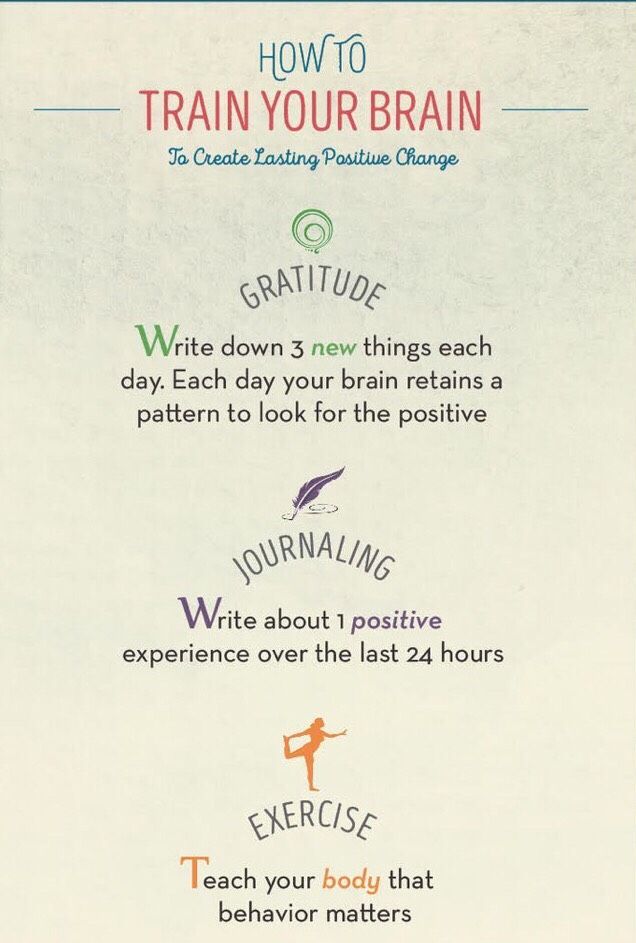 I wasn't just a habit designer. I was a neural architect.
I wasn't just a habit designer. I was a neural architect.
But it wasn't just work that helped fix a new habit. Three more aspects were of fundamental importance.
How to build your neural route 66
You now understand the paramount importance of consistency. But understanding it and doing it are two different things.
Here are three persistence tactics I use and tips for implementing them yourself.
1. Eliminate ambiguity
In my brain (as in all others) there is an inner lawyer who loves to take me off the hook. How did I outsmart him this time?
I got rid of any ambiguity. To do this, I defined my plan in black and white - so that there would be no room for mental falsification.
For example, I didn't just tell myself that I would do the three elements of my morning routine for an hour, I determined exactly how much time to allocate for each: 30 minutes for reading, 20 minutes for training, and 10 minutes for meditation.
I also set a timer when I took each element and didn't stop until it fired. It may seem like a minor moment, but the brain is working hard to get rid of unnecessary effort. Setting external markers (such as a timer) helps the brain maintain honesty and keep the goal crystal clear.
The goal must be specific. Define it in measurable terms such as time, distance, repetitions, etc.
Once you have the values in place, make a measurement plan and try to make it part of your regular schedule.
2. Reinforce Habits with If…Then Plans
Another important point is creating if/then plans to strengthen my resolve at critical moments.
Since my new habit was in the morning routine, the problem arose with the night schedule. I usually went to bed an hour later than I wanted. Why? Because often I was too tired to take 10 minutes to brush my teeth and put on my pajamas. Instead, my brain, like a zombie, chose the easier option, like messing around or using social media.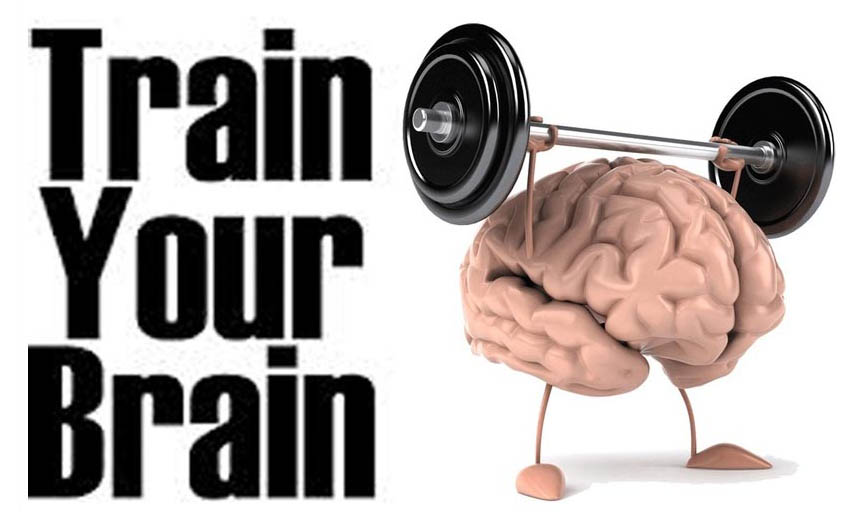
Solution? "if...then" plans.
Psychologist Peter Gollwitzer has discovered that a remarkably simple if-then plan can automate behavior, making it easier to make the right decision in times of need. With an “if…then” plan, you effectively “pre-decide” what you will do in a given situation before it happens. If ______, then _______.
What was my if...then plan to go to bed early? If it's bedtime for my 5 year old daughter, I go to brush my teeth/put on pajamas before the bedtime stories start. As soon as she falls asleep, I immediately go straight to bed and win back the hour I lost earlier.
Although I didn’t plan ahead, I could use an if…then plan for the day I almost missed: if I get home after a busy day and realize I didn’t complete the program, I remind myself that the sequence is — The key for me is to form a habit, and make a routine at any time of the day.
3. Add "flexibility partner"
Another solution for me was to add responsibility.
I resisted this for a long time. I thought I could handle myself. But the fact that a friend was waiting for my daily report on the implementation of all parts of the routine added to my zeal in the task.
Why a "partner in plasticity" and not a partner in responsibility? Because for me the word "responsibility" seems heavy. But more importantly, I love the idea that the other person helps me not only stick with the habit, but also rewire my brain!
On the way to change
For me, behavior change was about doing something hard for 66 days.
Your habit may take a little less or a little longer. But the main thing was the willingness to look at the sagebrush of my new habit, to grit my teeth and do it again and again. As the father of American psychology, William James, once said:0005
“When acquiring a new habit or abandoning an old one, you need to rely on the strongest and most decisive initiative ... Never allow exceptions until the new habit is firmly established in your life.



